Saint Luke the Evangelist
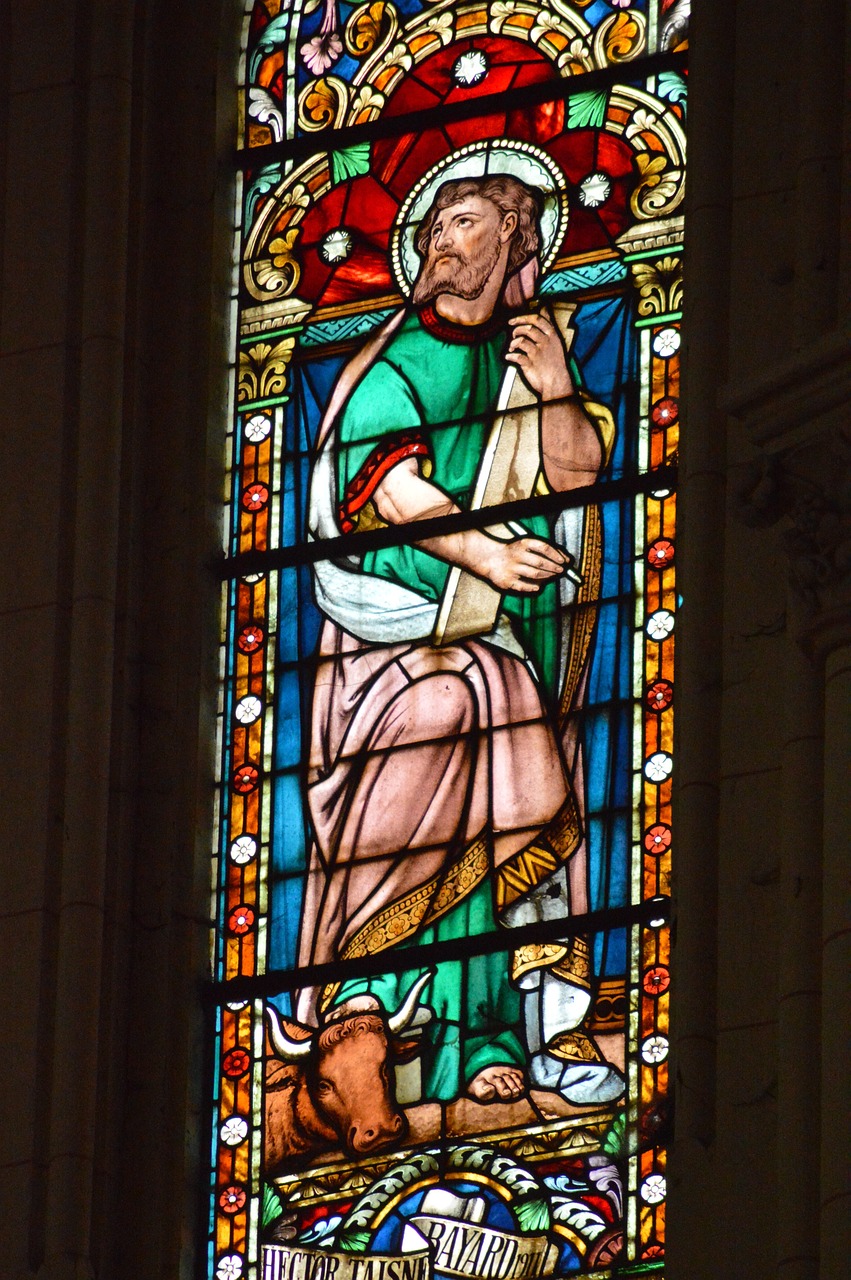
Saint Luke {Greek: Λουκάς - Loukas} the Evangelist is the only Gentile (non-Jewish) writer of the Bible who was born in the Hellenistic (Greek) city of Antioch, Asia Minor, between 1 AD and 16 AD - 84 AD and 100 AD (traditionally believed to have died aged 84) to a prosperous Greek family and was trained as a physician.
Saint Luke the Evangelist, Beloved Physician and Christian Historian (whose writings have been proven historically accurate) is one of the Four Evangelists traditionally ascribed authors of the Canonical Gospels - Matthew, Mark, Luke, and John are the authors of the Four Gospels in the New Testament.
The Early Church ascribes to Saint Luke, authorship of both the third Gospel of Luke and Acts of the Apostles - he wrote 27.5% of the New Testament, the largest contribution by a single author.
The Gospel of Luke and Acts of the Apostles make up a two-volume work which scholars call Luke–Acts in the New Testament.
The Gospel of Luke
The Gospel of Luke was written between 85 AD and 95 AD highlighting Jesus Christ's love and care with which He treated people.
Luke's Gospel, written in the Pauline Christianity, is one of the three Synoptic Gospels written for Gentile converts that focused on:
The Christmas Story.
The Origins, Birth, Ministry, Death, Resurrection and Ascension of Jesus Christ.
Evangelizing Gentiles (non-Jews) to Christianity.
Compassion for the less fortunate and for those who suffer.
The role women in Christ's Ministry.
Stories such as Lazarus, the Rich Man and the Parables of the Good Samaritan and Prodigal Son.
Luke's Gospel also considers God's historical purpose and the role of the church in Christian life.
Popular Bible Verse is Luke 6:37. 37 “Do not judge, and you will not be judged. Do not condemn, and you will not be condemned. Forgive, and you will be forgiven.
Acts of the Apostles
The Book of Acts is the fifth Book of the New Testament written between 62 AD and 70 AD documents the Early Christian church and the spread of the Gospel immediately after the Resurrection of Jesus Christ.
Saint Luke the Artist
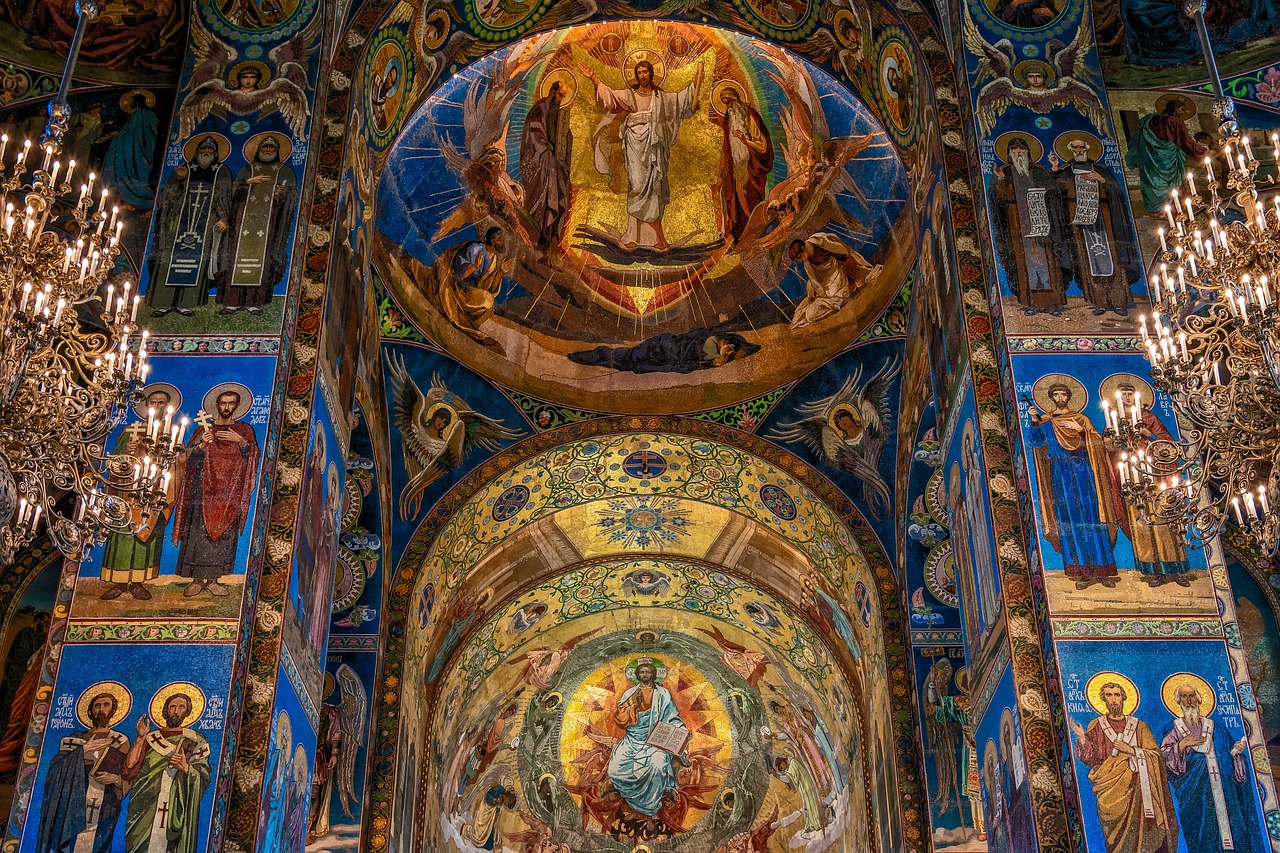
Saint Luke was the first iconographer to paint the image of our Blessed Virgin Mary, holding the Infant Jesus in her arms - in particular, the icon of the Theotokos (Virgin Mary) which became known as the Hodegetria image in Constantinople.
In Byzantine theology, icons are an expression of inspiring beauty that create a link between the human and the Divine that help us to grow in faith - its power is in the framework of belief and worship.
The Greek word Hodegetria (Greek: Ὁδηγήτρια - Othiyitria) translates as 'She who shows the Way' was one of the most popular images of the Theotokos and Infant Jesus in Constantinople that was copied throughout the Orthodox world.
A Hodegetria is an iconographic depiction of the Theotokos holding the Infant Jesus at her side while pointing to him as the source of salvation for humanity.
The most venerated icon of the Hodegetria and regarded as the original, was displayed in the Monastery of the Panayia Hodegetria in Constantinople which was built to house it.
The Hodegetria icon disappeared during the fall of Constantinople to the Ottoman Turks in 1453 when it was placed at the Chora Church and may have been destroyed.
Saint Luke the Evangelist also painted Saint Peter and Saint Paul.
In art, Luke is represented by a winged ox representing the sacrificial aspect of Jesus' Ministry.
The wings remind us that the Gospel of Jesus Christ is to travel throughout the world.
Greek Language
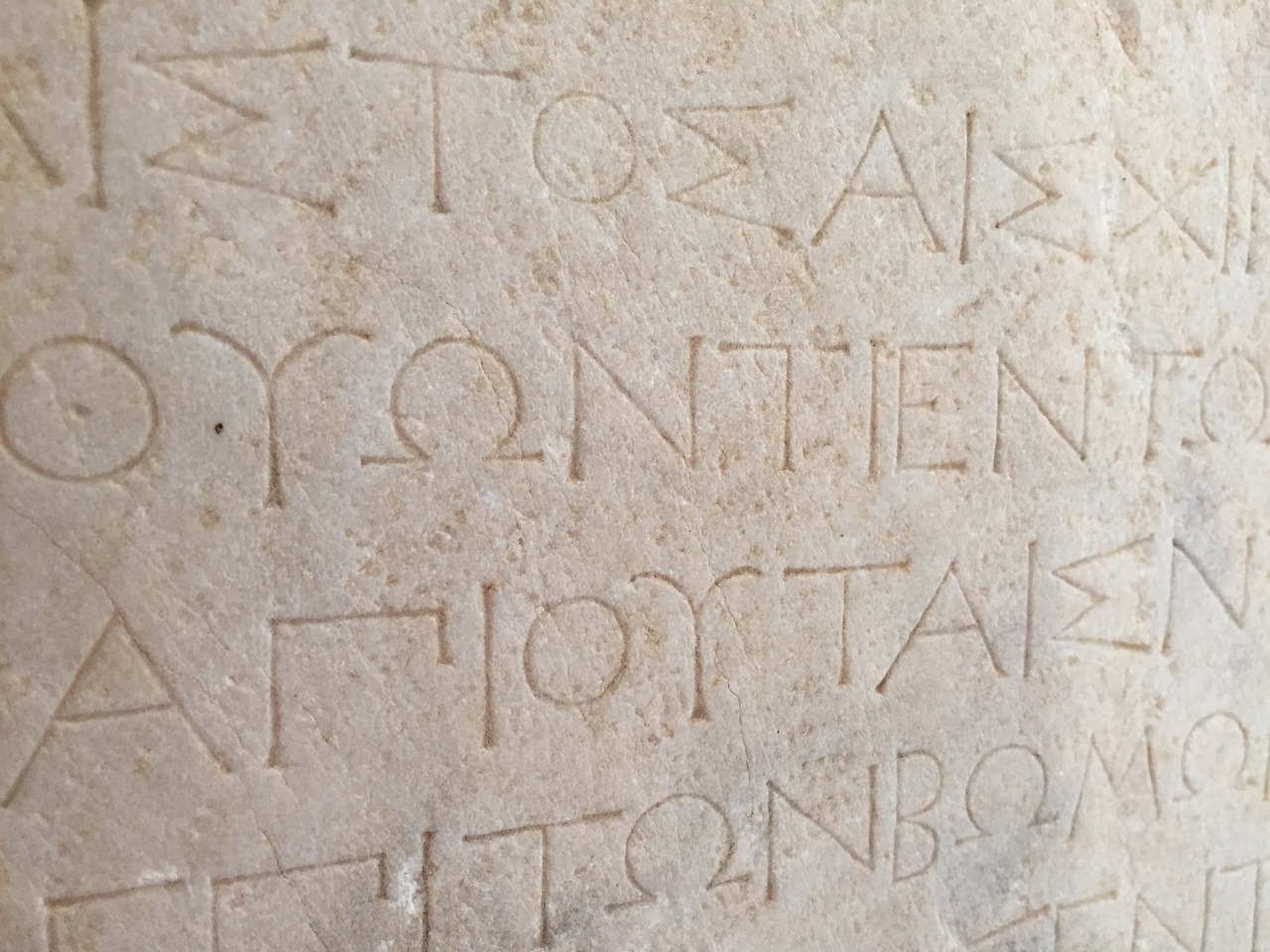
Greek was the most widely spoken language in the Mediterranean world during antiquity and continued to thrive during the Hellenistic period (323 BC to 31 BC), the Greco-Roman period (332 BC -395 AD) and it was the official language of the Byzantine Empire along with Orthodox Christianity that lasted for over 1100 years, from 330 AD - 1453 AD.
Saint Luke the Evangelist was writing in the latter decades of the first century AD during the Hellenistic era and, being the most highly educated of the authors of the New Testament, his quality of the Greek language used in Luke and Acts are considered the most beautiful of all that greatly influenced the spread of Christianity throughout the world.
Saint Luke chronicled events as a eyewitness through his travels with Saint Paul and speaking with many of the Apostles of Jesus Christ and others who witnessed the Special Events in the Lord's Life in the tradition of Greek historiography.
As a historian, he referenced ancient Classical and Hellenistic Greek authors, such as Homer, Aesop, Epimenides, Euripides, Plato, and Aratus that revealed a command of Greek literature and vocabulary unmatched by the other Gospel writers.
As a physician, he followed the Hippocratic philosophy (Hippoctrates, the Father of Medicine) and was the personal physician and Disciple to the Saint Paul, Apostle to the Gentiles (non-Jew) - Saint Luke was the first Christian physician.
Church of Antioch
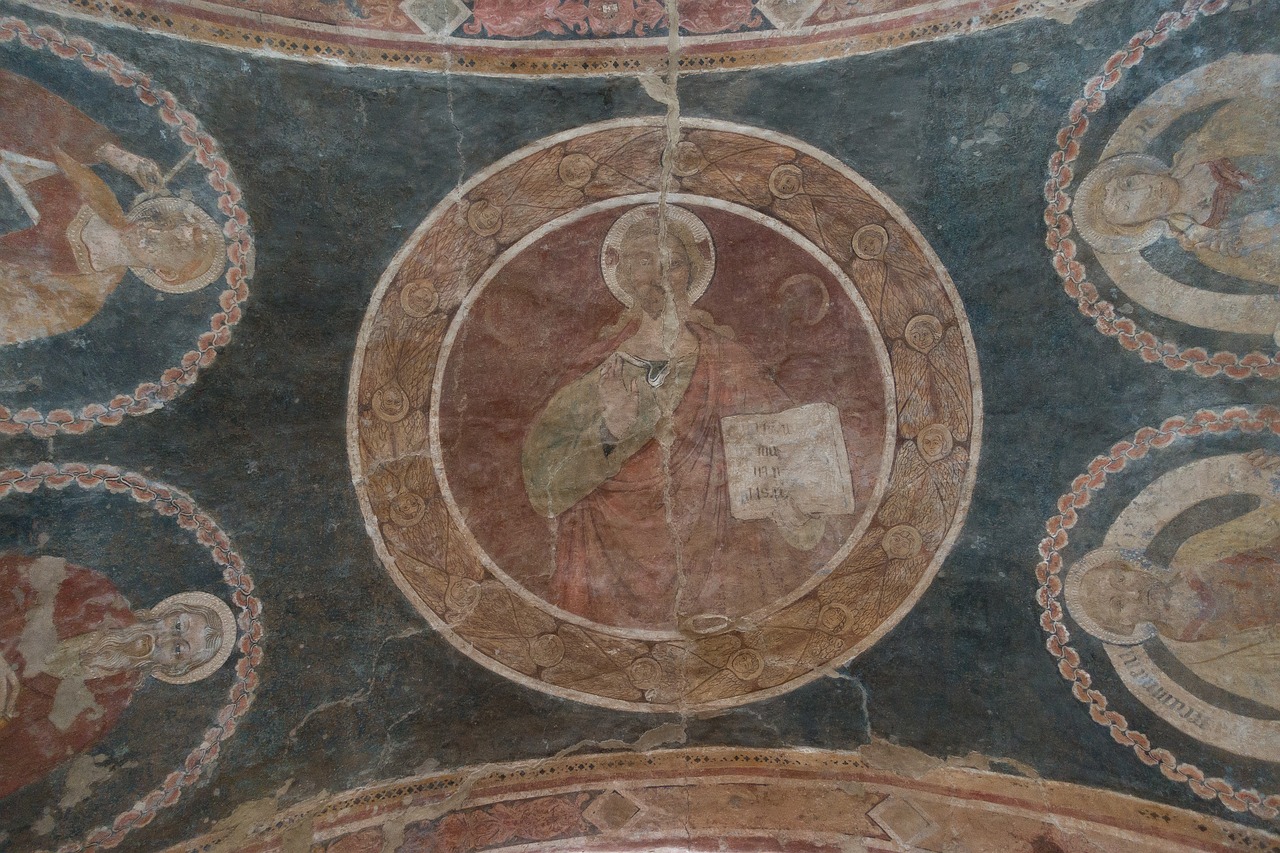
Saint Luke the Evangelist
Antioch was founded in 300 BC by Seleucus I Nicator, a former general of Alexander the Great.
Hellenistic Antioch became distinguished by its learned philosophers and scholars.
Antioch was the place where the first Gentiles (non-Jew) became baptized into the Christian church and were called Christian.
From Antioch, Saint Paul set out on his first missionary journey to Christianize the gentile world in 46 AD.
Saint Peter established the Church of Antioch in 49 AD.
And, it was at Antioch that Matthew’s Gospel was written in 85 AD.
Saint Ignatius Of Antioch
Saint Ignatius (Greek surname-Theophoros) was converted to Christianity by Saint Peter the Apostle who made him the third Bishop of Antioch.
Saint Ignatius lived under the rule of the Roman Emperor Trajan who reigned from 98 AD - 117 AD - Trajan persecuted the Christians.
Ignatius was sentenced to death because the Romans saw him as a disruptive influence in an empire which valued the pagan religious rites of Rome.
Ignatius however, would rather die than compromise his faith.
En-route to Rome, where he was to meet his martyrdom for his beliefs by being fed to wild lions in the amphitheatre, he wrote six letters which have been preserved as an example of very early Christian theology.
Saint Ignatius died in Rome 110 AD.
Eastern Orthodox Feast Day: December 20.
Western Feast Day: July 31.
Saint Paul - Apostle to the Gentiles
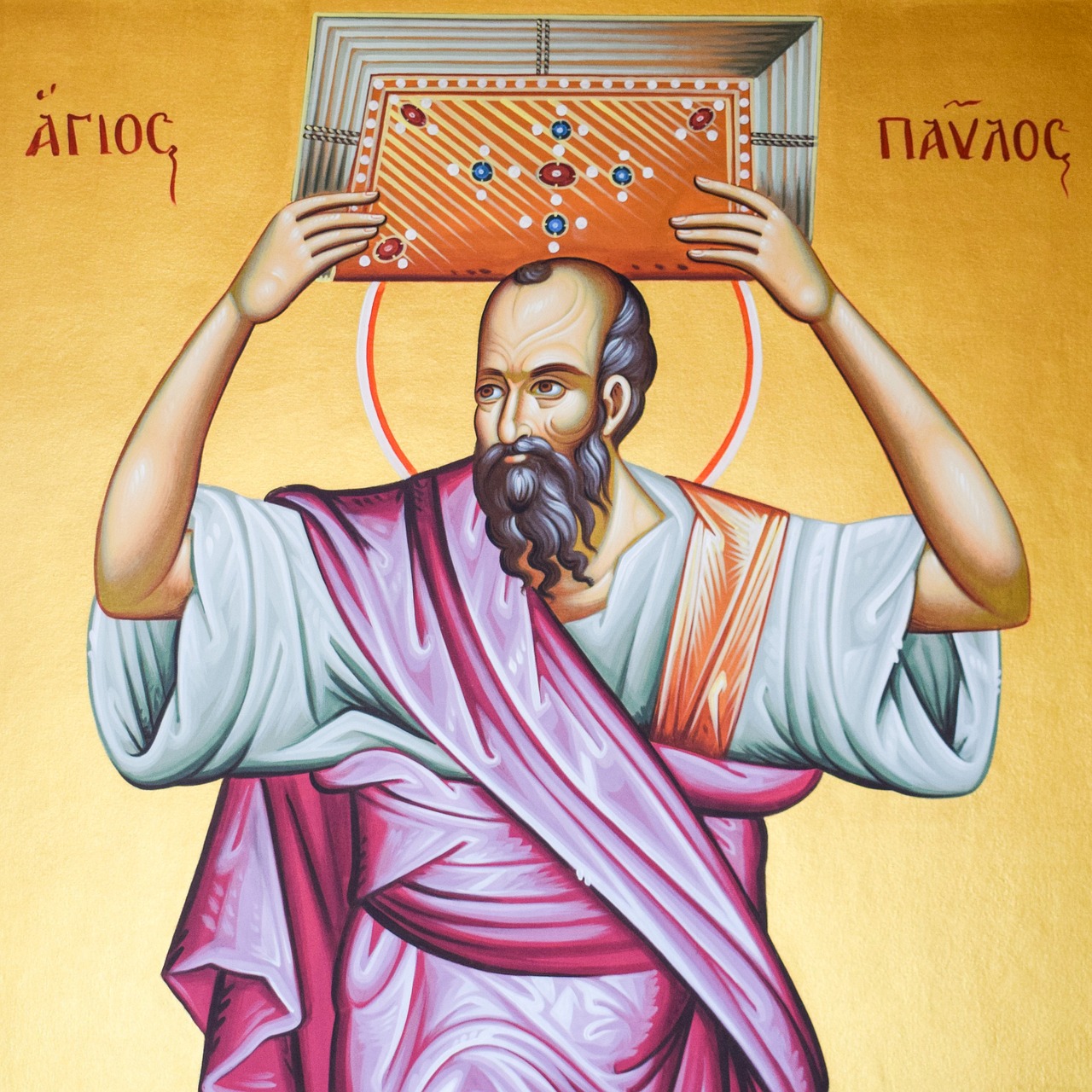
Saint Luke the Evangelist
Saint Paul, one of the most important figures of Christian History made an impact as an Apostle, Theologian, and as a Letter-writer of the Apostolic Age (33 AD – 100 AD).
Although Saint Paul was not one of the original Apostles during the Ministry of Jesus, he is considered "the Apostle of the Gentiles" (non-Jew) for his mission to spread the Gospel for all people to gain spiritual awareness.
By 100 AD, over 40 Christian churches were established and Saint Paul's Gentile doctrine would change the course of Christianity from a small sect of Judaism that ultimately, became a world faith with many Christian denominations.
It was Saint Paul's vision of a universal church that was responsible for the growth and spread which Christianity ultimately became a worldwide religion.
Saint Peter (between AD 64 and 68 - crucified upside down) and Saint Paul (64/65 AD - beheaded) were both martyred in Rome by Emperor Nero.
Feast Day for both Saint Peter and Saint Paul is June 29.
Saint Paul is again celebrated in the Orthodox Church on October 29.
Missionary Journeys With Saint Paul
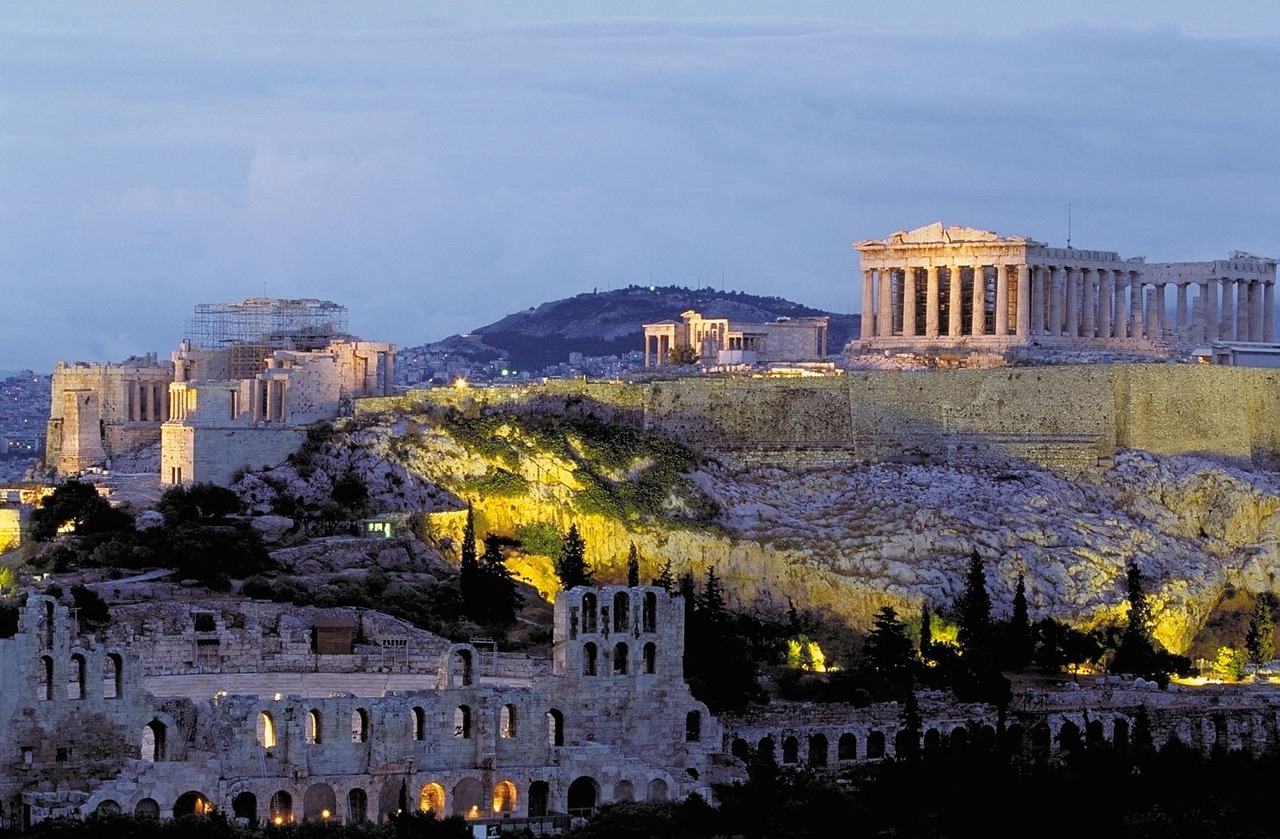
Saint Paul's missionary journeys began when he first left Antioch with Barnabas in 46 AD and travelled to the Greek island of Cyprus.
The miracle of Lazarus being raised from the dead by Jesus Christ was to be a preview of the Death and Resurrection of our Lord and Savior, just one week later.
Thereafter, Lazarus became a servant of the Lord in the early development of the new Christian faith that took him and his two sisters, Mary and Martha to Cyprus where he was met by Saint Paul and Barnabus and ordained by them as the first bishop of Kition (Larnaca) where he spent the final thirty years of his life.
Saint Luke the Evangelist is first mentioned in the letters of the Apostle Paul as “the beloved physician” and one of his “fellow workers” who travelled with him on his second missionary journey to preach the new Christian faith in the first century AD.
He joined the Apostle Paul and his band of missionaries in Alexandria Troas ("Alexandria of the Troad"; Greek: Αλεξάνδρεια Τρωάς (Acts 16:10), an ancient Greek city situated on the Aegean Sea near the northern tip of Asia Minor's western coast.
From Troas they travelled to Assos and embarked on a ship for Mitylene, Chios and Samos then, went back to Asia Minor to visit Ephesus calling for the elders of the church there to travel to Miletus for a meeting.
Saint Paul and his Disciples went to Philippi, Greece in 49 AD then journeyed to Thessalonica, Berea, Corinth and Athens.
The famous city of Athens was the home of Plato's Academy and Aristotle's Lyceum - Athens was the cradle of Western civilization, and the birthplace of democracy.
Here, Saint Paul preached on the hill of the Areopagus, at the base of the Acropolis in 51 AD that is marked today with a bronze plaque.
The Apostle Paul brought Christianity to the Greek island of Rhodes (Greek: Ρόδος - Ródos), famous worldwide for the Colossus of Rhodes, one of the Seven Wonders of the Ancient World, in 57 AD when he arrived at the bay of Lindos,now known as Ayios Pavlos (St. Paul) - the small, whitewashed monastery of Saint Paul now stands where the Apostle Paul stepped ashore.
Christianity spread, resulting in the founding of several churches throughout the island.
Orthodox Centers Evangelized by the Apostles
*The centres founded throughout Greece by Saint Paul
*The Antiochian, Asia Minor churches founded by Saint Peter
*The Egyptian churches founded by Saint Mark (including the Ethiopian of Africa or Abyssinia)
*The Syrian (or Assyrian), along with the Byzantine, Georgian and Russian churches traditionally founded by Saint Andrew
*The Armenian church, as well as the churches of Samaria and Judea founded by Saint Jude and Saint Bartholomew
*The church of Jerusalem founded by Saint James.

Prison and Death
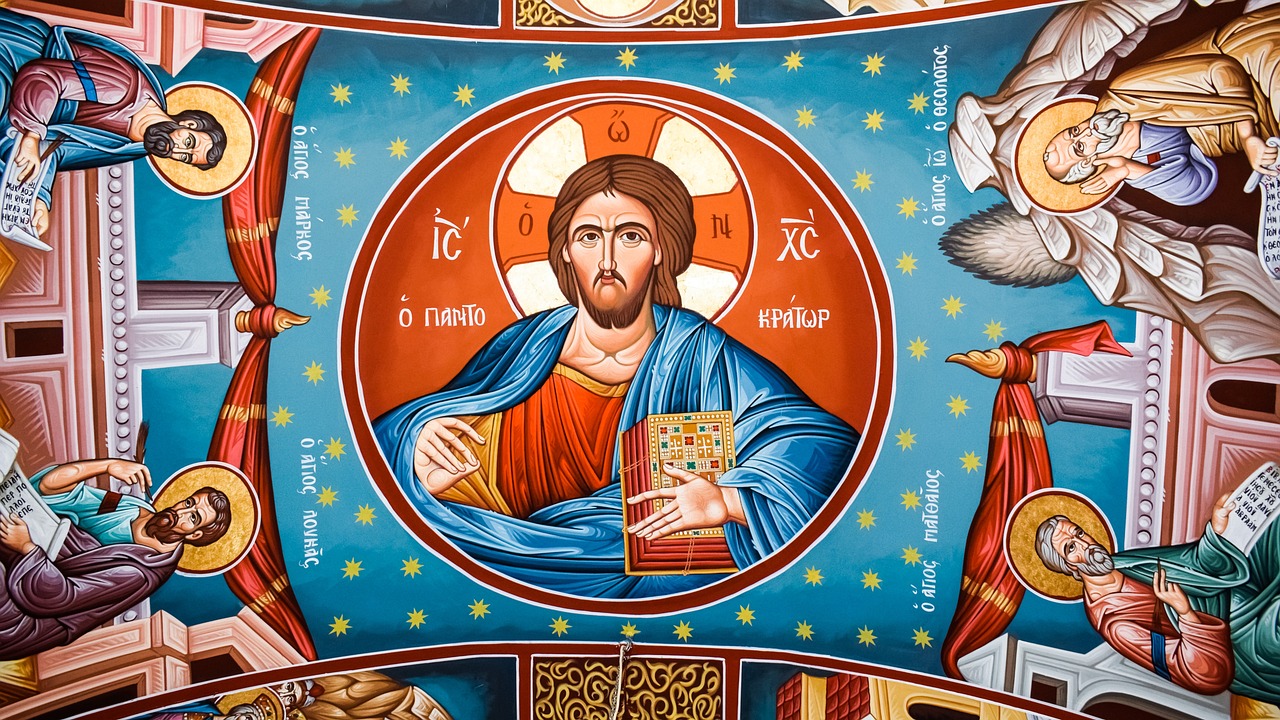
Saint Luke the Evangelist is the loyal companion who stayed with Saint Paul on his prison voyage from Caesarea to Rome.
Everyone else had forsaken him in his final imprisonment and sufferings in Rome in 61 AD and was attested by 2 Timothy 4:11: "Only Luke is with me".
Saint Luke the Evangelist died by suffering martyrdom at age 84 having been hanged from an olive tree in the Greek city of Thebes.
According to Nikephoros Kallistos Xanthopoulos, a Greek historian of the 14th century, Luke's tomb was located in Thebes, when his relics were transferred to Constantinople in the year 357 AD.
In 1204, the Fourth Crusade stole the relics from Constantinople and took them to the Catholic Church of Santa Giustina in Padua, a region of Veneto, Italy.
In 1992, the Greek Orthodox Metropolitan Ieronymos of Thebes and Levathia requested the return of the relics of Saint Luke.
Bishop Mattiazzo, in an ecumenical gesture of reconciliation between the western Roman Catholic Church and the Eastern Churches sent a rib from the relics to be venerated in Saint Luke’s original tomb in the Orthodox cathedral at Thebes.
Thus, the relics of Saint Luke are divided:
*The body is in the Abbey of Santa Giustina in Padua.
*The head is in the St. Vitus Cathedral in Prague
*A rib, at his traditional tomb in Thebes.
Feast Day of Saint Luke the Evangelist
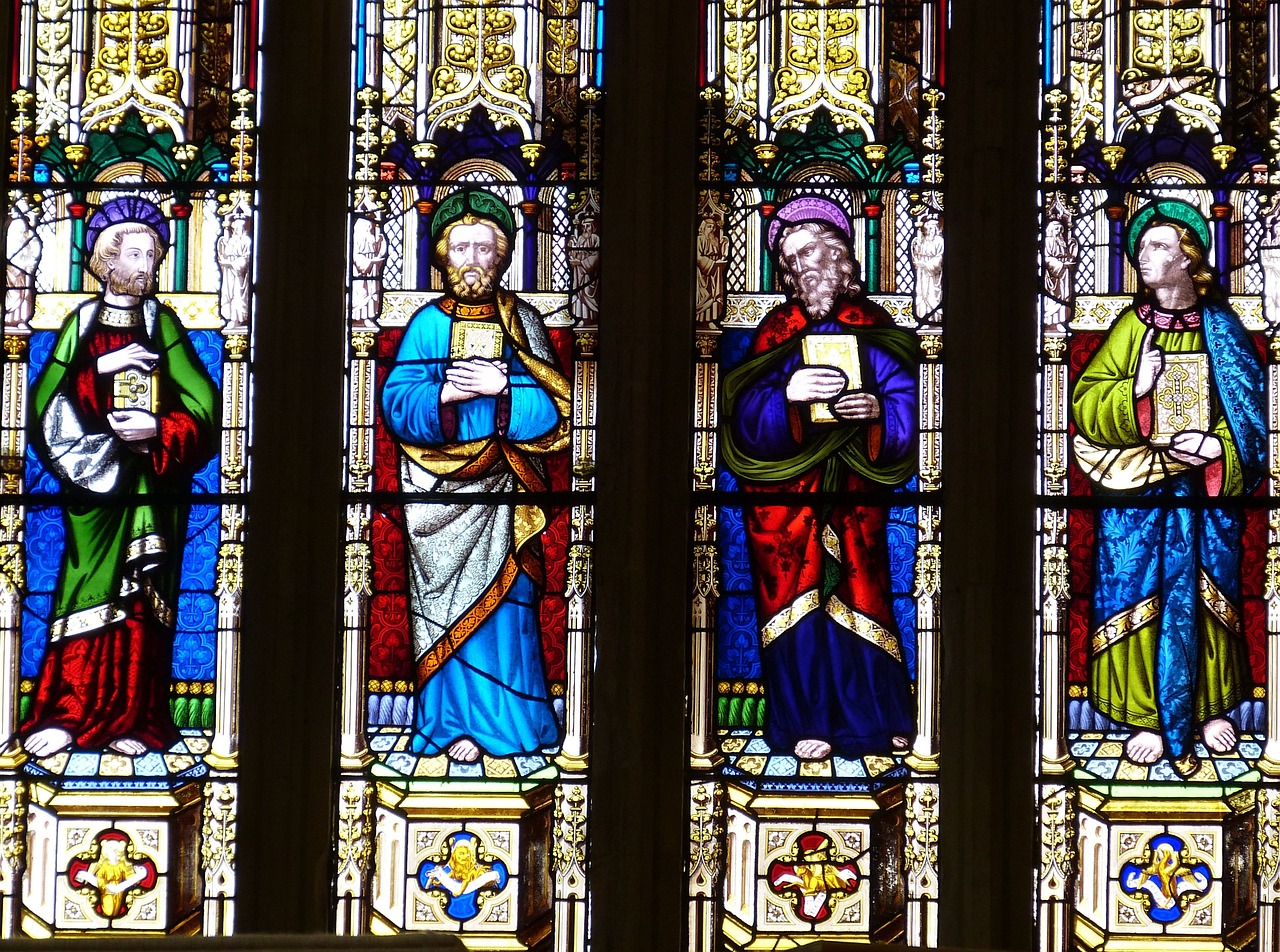
Saint Luke the Evangelist and Beloved Physician is venerated as a Patron Saint of artists, physicians, surgeons, students, bachelors, notaries, butchers and brewers.
Feast Day: 18 October.
Ezine Articles Author Link
Click on the Link Below

Newsletter Opt-in-Form
The Keen Traveler
Your second block of text...
Recent Articles
-
When all we Have is God
Dec 20, 25 04:21 AM
When all we have is God in times of loss hardship or loneliness God's Presence offers refuge, strength and a purpose for the future. -
Beauty of Christmas
Dec 11, 25 04:22 AM
The beauty of Christmas is the celebration of the real Christmas Story with the Birth of Jesus Christ, the Son of God, Who came to bring love, hope, and salvation to the world. -
Spiritual Treasures of Life
Nov 26, 25 04:44 AM
Spiritual treasures of life are internal riches that are more valuable and everlasting than material wealth.


